Watch out brief demonstration of Bone Mineral Density (BMD) by Aditya Sharma and Pardeep Kumar (on Machine: BMD Sonic 1200 Ultrasound Digital Measurement). Most of a person’s bone mass is achieved by early adulthood. After that time, the bone mass gradually declines throughout the rest of a person’s life. There is a normal rate of decline in bone mass with age in both men and women. For women, in addition to age, the menopause transition itself causes an extra degree of bone loss. Bone formation initially exceeds bone resorption but by the third decade this has reversed resulting in a net loss of bone mass. This leads to an increased bone fragility and susceptibility to fracture. Men may also be at risk for osteoporosis if they have certain illnesses, low testosterone level, are smokers, take certain medicines or are sedentary. The best method to prevent osteoporosis is to achieve as high a bone mass by early adulthood with a proper diet and regular exercise. BMD analysis is recommended for women between ages 50 and 65 with risk factors for osteoporosis and for all women over the age of 65. By measuring BMD, it is possible to predict fracture risk in the same manner that measuring blood pressure can help predict the risk of stroke. A bone mineral density (BMD) test is the best way to determine your bone health. The test can identify osteoporosis, determine your risk for fractures (broken bones). The osteoporosis is a disease that causes bones to become more fragile and more likely to break. The absolute amount of bone as measured by bone mineral density (BMD) testing generally correlates with bone strength and its ability to bear weight. A bone density test uses X-rays to measure how many grams of calcium and other bone minerals are packed into a segment of bone. Ultrasound is relatively new diagnostic tool to measure BMD. An ultrasound beam is directed at the area being analyzed. The scattering and absorption of the waves allow for an assessment of bone density. The T-score is the relevant measure when screening for osteoporosis. It is a comparison of a patient’s BMD to that of a healthy thirty-year-old. Normal : A bone BMD is considered normal if the T-score is within 1 standard deviation of the normal young adult value. T-score below -1 is considered an abnormal result. Low Bone Mass (Osteopenia): A BMD defines osteopenia as a T-score between -1 and -2.5. This signifies an increased fracture risk. Osteoporosis : A BMD greater than 2.5 standard deviations from the normal defines osteoporosis. Z-score is the number of standard deviations a patient’s BMD differs from the average BMD of their age, sex, and ethnicity. This value is used in premenopausal women, men under the age of 50 and in children. The purpose of BMD testing is to help predict the risk of future fracture so that the treatment program can be optimized. We are especially thankful to Dr Amit Bhutani (Orthopaedic Surgaon, Jindal Hospital) for unique assist for creating this video. For More Exclusive Videos, Please Subscribe Us. Please shear this Video on Your Blog, Facebook, Twitter or Google+ Wall.

Practical Demo of Bone Mineral Density (BMD) (Hindi) (720p HD)
- Post author:
- Post published:June 5, 2021
- Post comments:0 Comments
You Might Also Like

Barbell Ab Workout (4 MINUTES!)

Spa History Video – 1

What is INSURANCE? What does INSURANCE mean? INSURANCE meaning, definition & explanation

How to Use Glutamine to Build Muscle | Bodybuilding Diet

Top 20 Magnesium Rich Foods

ReShape Side Effects

Biceps Barbell Curl??

The Best Bodyweight Exercise For Each Muscle Group – Calisthenic Exercises
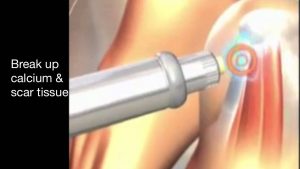
What is Shockwave Therapy? | Pain Relief

10 Exercises for Groin Strains
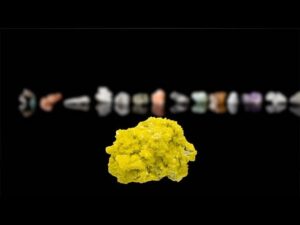
What Is A Mineral?

Foods Rich in Antioxidants – 5 Superfoods with Antioxidants

Table Tennis Video – 2

Properties of Water
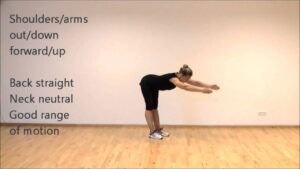
Standing Back extension | Around the World | Marina Aagaard, MFE
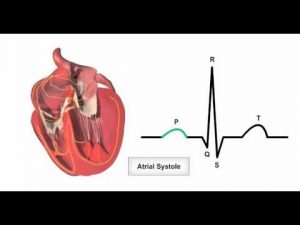
Anatomy & Physiology Online – Cardiac conduction system and its relationship with ECG
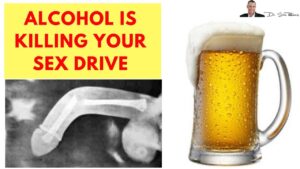
? Why Alcohol Is Killing Your Sex Drive, Lowering Your Testosterone & Making You Fat

Neuropsychiatry Video – 4

Hyperextension With ball-1

Antioxidants – vs – Free Radicals – Immune System

Sports Physiotherapy Video – 4

“What Happens After You Stop Taking Creatine?”
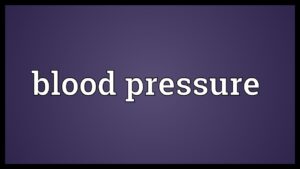
Blood pressure Meaning

LEG RAISES can build SIX PACK ABS! (Hindi / Punjabi)

Table Tennis Video – 4
![Read more about the article Thyroid Gland and Thyroid Hormones – [T3, T4, Thyroglobulin, Iodide Trapping etc.]](https://videos.drmaheshkumar.com/wp-content/uploads/2021/06/Thyroid-Gland-and-Thyroid-Hormones-T3-T4-Thyroglobulin-Iodide-Trapping-etc-1-300x169.jpg)
Thyroid Gland and Thyroid Hormones – [T3, T4, Thyroglobulin, Iodide Trapping etc.]

Thai Massage Video – 3

Lipid Profile

Cardiac surgery Video – 5
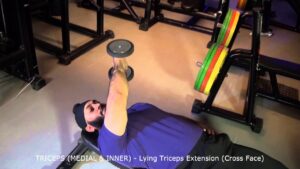
TRICEPS (MEDIAL & INNER) – Lying Triceps Extension (Cross Face)

What To Eat Before A Football Game! FAST & EASY To Prepare!

Anabolic Steroids – History, Definition, Use & Abuse Video – 35
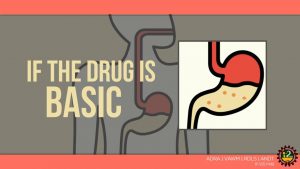
Oral Route of Administration

Tricor To Lower Triglycerides and Bad Cholesterol in the Blood – Overview

Quick Exercise to Build that awesome V-shape Abs ( Ivans fitness) bodybuilding

Magnesium and Osteoporosis

Enalapril, cuándo y cómo debemos tomarlo – #TuFarmacéuticoInforma

Molecular Mechanisms in Tuberculosis
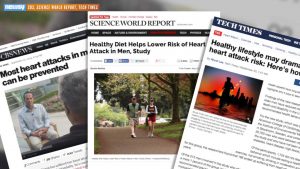
5 Ways Men Can Prevent Most Heart Attacks

Things you must know before taking Glutamine Supplements | HINDI

One-Arm Dumbbell Tricep Extension

